Walk down any grocery aisle today and you’ll spot two popular labels on food packaging: Organic and Non-GMO. At first glance, they may seem interchangeable — after all, both suggest a healthier, more natural product. But while they overlap in some ways, they’re not the same thing.
Understanding the difference between organic and non-GMO is essential for making smarter, more informed food choices. In this guide, we’ll break down what each term really means, how they’re regulated, and what the key differences are so you can shop with confidence.
What Does “Organic” Mean?
The organic label is one of the most strictly regulated certifications in food. For a product to carry the USDA Organic seal (or equivalent international certifications), it must meet strict guidelines:
- Farming practices → No synthetic pesticides, herbicides, or fertilizers allowed.
- No GMOs → All organic foods are automatically non-GMO.
- Animal welfare → Organic livestock must be fed organic feed, given outdoor access, and cannot be treated with routine antibiotics or growth hormones.
- Processing → Organic packaged foods cannot contain artificial preservatives, coloring agents, or flavor enhancers.
What is Organic Food? A Beginner’s Guide
In short, organic food is about holistic farming practices that prioritize soil health, biodiversity, and natural methods.
What Does “Non-GMO” Mean?
“Non-GMO” refers specifically to the absence of genetically modified organisms (GMOs) in food production.
- GMOs Defined → GMOs are plants, animals, or microorganisms whose DNA has been altered through genetic engineering, often to improve pest resistance, yield, or shelf life.
- Non-GMO Project Verified → In the U.S., the butterfly logo from the Non-GMO Project is the most common certification, ensuring products are tested and verified as GMO-free.
- No Guarantees Beyond GMOs → A non-GMO label does not regulate pesticide use, synthetic fertilizers, or animal welfare. A non-GMO product could still be grown conventionally using chemicals.
Are Organic Foods Safer? What Science Says
In short, non-GMO is a narrower label than organic. It only ensures no genetic modification — nothing more.
Organic vs. Non-GMO: The Key Differences
Here’s a side-by-side breakdown:
| Feature | Organic | Non-GMO |
|---|---|---|
| GMO Use | GMOs strictly prohibited | GMOs prohibited |
| Pesticides | No synthetic pesticides/herbicides | No restrictions (chemicals may be used) |
| Fertilizers | Only natural & organic fertilizers | No restrictions |
| Animal Products | No antibiotics/hormones, organic feed | No restrictions |
| Processing | No artificial preservatives/colors | No restrictions |
| Certification Body | USDA Organic, EU Organic, etc. | Non-GMO Project (U.S.) |
| Holistic Standard | Covers farming, livestock, processing | Focuses only on GMOs |
Which One Should You Choose?
The choice between organic and non-GMO ultimately depends on your personal priorities — health, budget, ethics, or environmental values. Both labels matter, but they serve different purposes.
Choose Organic if…
1.Y You want food grown without synthetic pesticides and fertilizers
-
- Organic certification prohibits synthetic pesticides, herbicides, and chemical fertilizers.
- This means lower pesticide residues in your food and reduced chemical impact on the environment.
2. You value animal welfare standards
-
- Organic certification requires livestock to have outdoor access, space to roam, and organic feed.
- Routine antibiotics and growth hormones are not allowed, meaning cleaner animal products.
3. You want assurance against artificial additives
-
- Organic processed foods cannot contain synthetic preservatives, artificial coloring, or flavor enhancers.
- Labels like “organic snacks” or “organic baby food” are cleaner compared to conventional or even non-GMO versions.
4. You want both non-GMO and chemical-free farming practices
-
- All organic foods are automatically non-GMO.
- This gives you a double guarantee: no genetic modification and no synthetic chemical farming.
Best for: Families with children, eco-conscious consumers, and those who want comprehensive protection for both health and environment.
Choose Non-GMO if…
1. Your primary concern is avoiding genetically engineered crops
-
- The Non-GMO Project ensures foods are tested and verified GMO-free.
- This is especially relevant for packaged foods that commonly use GMO ingredients (like corn, soy, canola, and sugar beet products).
2. You’re looking for a lower-cost alternative to organic
-
- Non-GMO foods are often priced between conventional and organic, making them more budget-friendly.
- For staples like cereals, pasta, or snack foods, non-GMO can be a smart middle ground.
3. You’re buying packaged goods and want confirmation they’re GMO-free
- Non-GMO labeling is especially useful for snacks, condiments, oils, and drinks, where GMOs are commonly used as ingredients.
- Even if pesticides are still used, at least you know the product isn’t genetically engineered.
Best for: Budget-conscious shoppers, people concerned specifically about genetic modification, and those buying more packaged or processed foods.
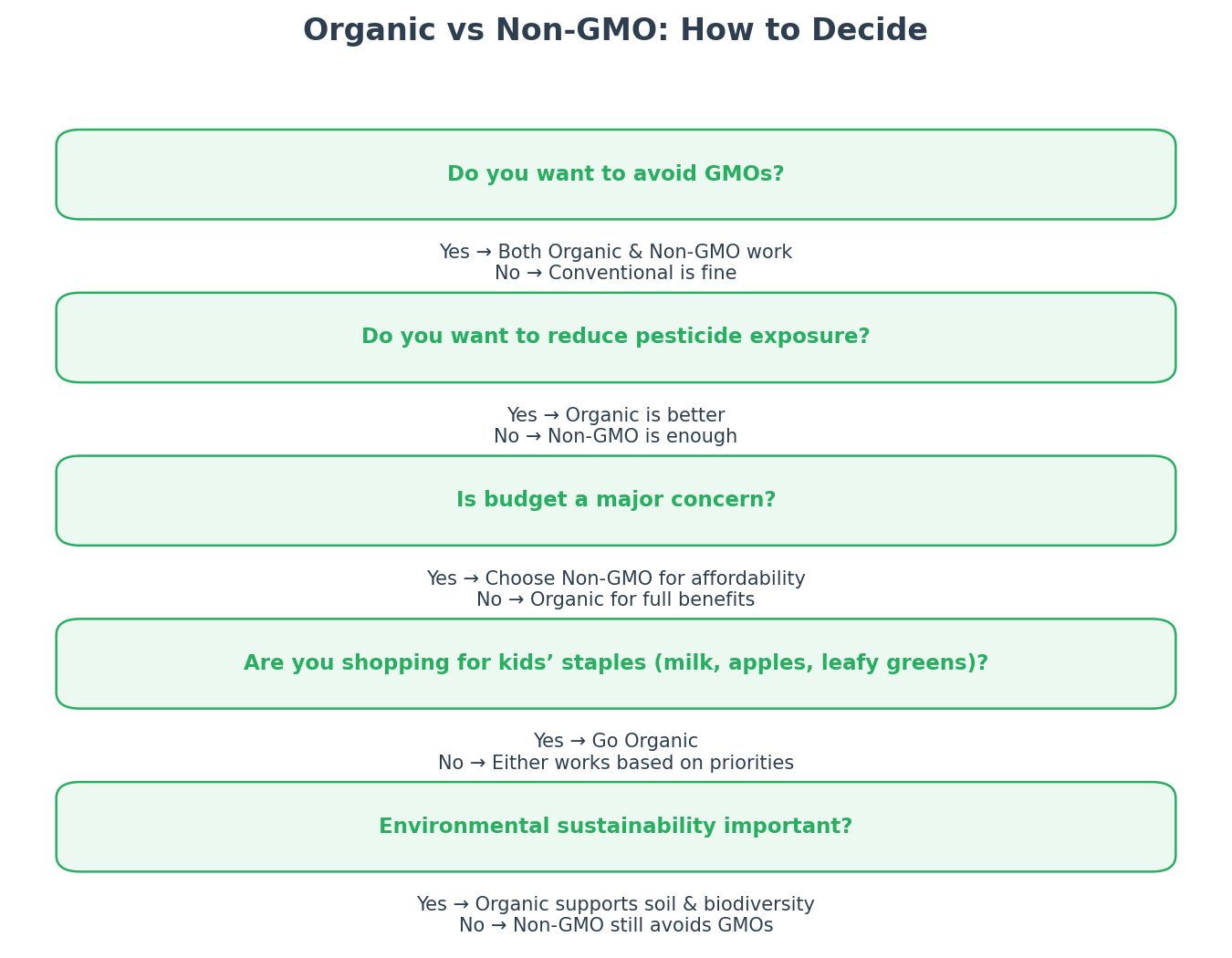
The Balanced Approach
For most households, the best strategy is not “all-or-nothing” but a mix-and-match approach:
- Go Organic for:
- High-risk produce (Dirty Dozen fruits & vegetables)
- Animal products (milk, eggs, meat)
- Children’s daily staples (berries, spinach, apples)
- Go Non-GMO for:
- Packaged foods where organic is too costly
- Grains, oils, and snack items
- When your main concern is avoiding GMOs but budget is tight
Key takeaway: Organic offers the most comprehensive benefits, but Non-GMO is still a positive step — especially when cost or availability makes organic harder to access.
Key takeaway: All organic foods are non-GMO, but not all non-GMO foods are organic.
Are Organic Foods Always Better Than Non-GMO?
The short answer: not always. While organic products come with stricter standards and broader protections, they also tend to be more expensive and not always accessible. Non-GMO, on the other hand, focuses narrowly on avoiding genetic modification, making it a more affordable option but with fewer safeguards.
Cost Considerations
- Organic: Higher prices reflect stricter farming methods, lower yields, and certification costs. Organic milk, eggs, and produce often cost 30–80% more than conventional or non-GMO equivalents.
- Non-GMO: Usually priced between conventional and organic. For example, a non-GMO loaf of bread may cost less than organic but slightly more than conventional.
If budget is tight, non-GMO can be a smart middle ground.
Health Considerations
- Organic: Offers broader protections — reduced pesticide exposure, no artificial preservatives or coloring agents, no growth hormones or antibiotics in animal products.
- Non-GMO: Only assures the product wasn’t genetically engineered. A non-GMO apple may still have been grown with synthetic pesticides and fertilizers.
If reducing chemical exposure is your top priority, organic is the safer choice.
Environmental Considerations
- Organic: Promotes soil health, biodiversity, and reduces water pollution from chemical runoff. Long-term, this supports sustainable food systems.
- Non-GMO: Offers no guarantees on farming methods — it simply avoids genetic engineering. A non-GMO crop could still be grown with heavy pesticide use, which impacts the environment.
From an ecological standpoint, organic farming has far more positive impact.
Family & Daily Staples
- For children’s staples like milk, apples, strawberries, and spinach, organic is worth prioritizing. Kids are more vulnerable to the effects of pesticides and chemical residues.
- For items you consume in bulk (like rice, oats, or packaged snacks), non-GMO can be a practical alternative if organic prices are out of reach.
A Balanced Approach for Shoppers
- Go Organic: For Dirty Dozen produce, animal products (milk, eggs, meat), and foods you eat daily.
- Go Non-GMO: For packaged goods and grains when organic is too costly.
- Mix & Match: Combine both approaches to maximize health benefits while keeping costs under control.
The key takeaway: Organic offers more comprehensive benefits, but non-GMO can still be a valuable step toward healthier eating — especially when budgets are limited.
Conclusion
Organic and non-GMO labels both matter, but they mean different things.
- Organic covers the bigger picture: no GMOs, no synthetic pesticides, stricter animal welfare, and natural farming practices.
- Non-GMO is narrower: it only guarantees the absence of genetic engineering, but other conventional farming methods may still apply.
If your goal is to minimize chemical exposure and support sustainable agriculture, organic is the better choice. If your main concern is simply avoiding genetically modified foods, non-GMO will do the job.
The smartest strategy? Mix and match based on your budget, priorities, and the foods you eat most often.
Frequently Asked Questions (FAQ)
1. Are all organic foods non-GMO?
Yes. By definition, all certified organic foods must be grown and produced without the use of genetically modified organisms (GMOs). If it’s organic, it’s automatically non-GMO.
2. Are all non-GMO foods organic?
No. A non-GMO label only means the product does not contain genetically modified ingredients. It could still be grown conventionally using synthetic pesticides, fertilizers, or additives.
3. Which is healthier — organic or non-GMO?
Organic foods typically offer broader health benefits because they reduce exposure to synthetic pesticides, hormones, and additives while also being non-GMO. Non-GMO foods only address genetic modification, not chemical use or farming practices.
4. Why is organic food more expensive than non-GMO?
Organic farming is more labor-intensive, produces lower yields, and requires strict certification standards. Non-GMO certification is less comprehensive, making those products cheaper to produce and sell.
5. Can non-GMO foods still have pesticides?
Yes. Non-GMO foods can still be grown with conventional pesticides and herbicides. The non-GMO label only guarantees the absence of genetic modification — not chemical-free farming.
6. Should I always choose organic over non-GMO?
Not necessarily. If budget allows, organic is the more comprehensive choice. But if cost is a concern, non-GMO is still a better option than conventional because it avoids GMOs. Many families use a balanced approach: buy organic for high-risk foods (like milk, meat, and the Dirty Dozen fruits/veggies) and non-GMO for packaged goods and grains.
7. Is the Non-GMO Project Verified label reliable?
Yes. The Non-GMO Project is the leading third-party certification in North America. Products with the butterfly logo undergo testing and supply chain audits to verify they do not contain genetically engineered ingredients.


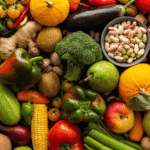

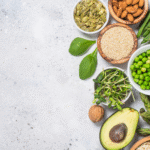

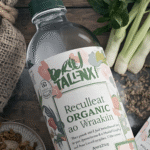

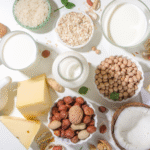

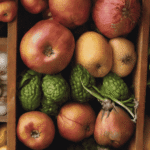
[…] September 11, 2025 […]